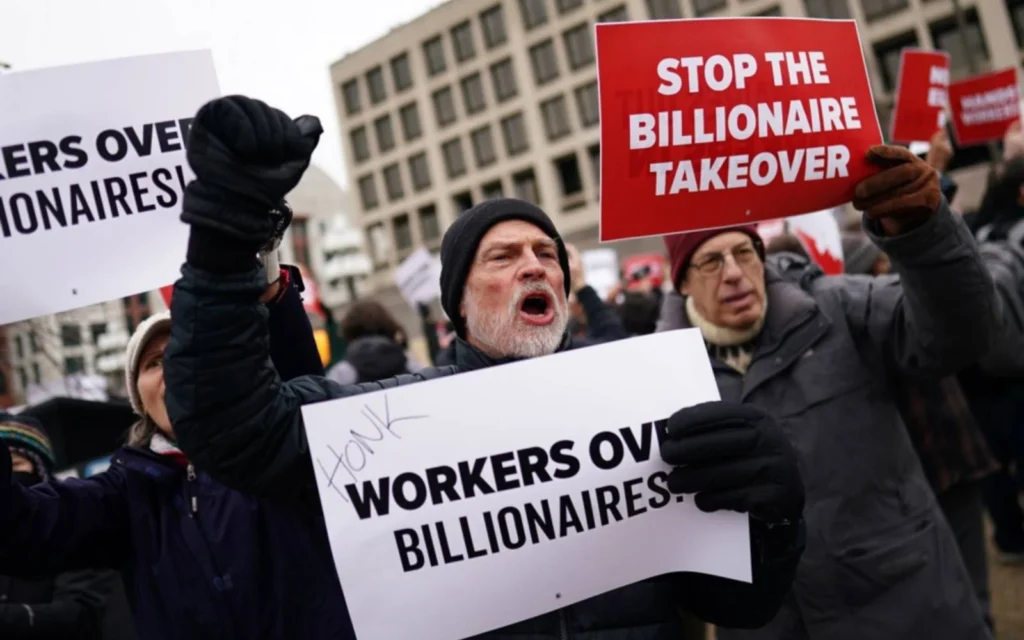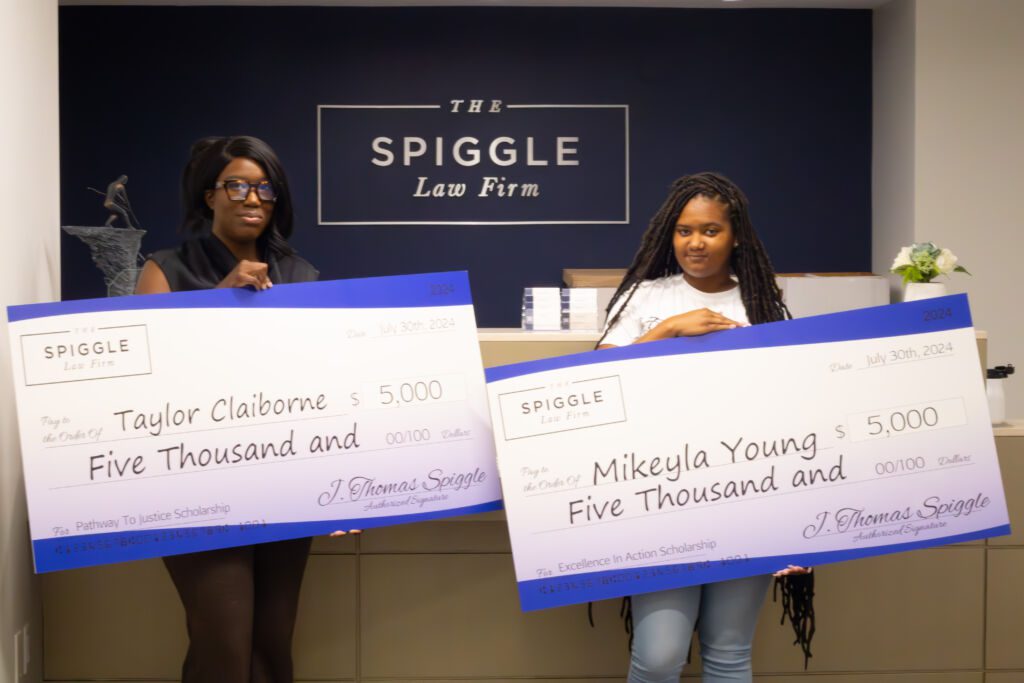By Scott McGill
In the early morning hours of March 14, 2020, the House of Representatives passed the Families First Coronavirus Response Act (FFCRA) with a largely bipartisan vote of 363-40. Given the clear support of this law from President Trump, it’s expected to quickly become law after it goes to the Senate.
In its mission to help those affected by the coronavirus, the FFCRA does a lot of things. This includes guaranteeing free coronavirus testing and boosting unemployment insurance as well as food safety programs.
However, one of the more notable benefits it provides is paid sick leave for employees. In an earlier article, I discussed how American workers would be hit especially hard by the coronavirus pandemic without better paid sick leave benefits.
At first glance, we see that the FFCRA provides employees with paid sick leave through the use of two brand new laws: the Emergency Family and Medical Leave Expansion Act (EFMLEA) and the Emergency Paid Sick Leave Act (EPSLA). Let’s take a look at each one and see how much it helps employees.
The Emergency Family and Medical Leave Expansion Act
The EFMLEA amends the Family and Medical Leave Act of 1993 (FMLA) to provide up to 10 weeks of protected paid leave to eligible employees for a coronavirus related reason. This includes staying home from work because of the coronavirus, caring for a close family member under quarantine (or isolation) or caring for a minor child who cannot go to school or daycare because of a public health emergency caused by the coronavirus.
The FMLA provides 12 weeks of protected leave, but it’s unpaid. Under the EFMLEA, the first two weeks remain unpaid, but for the next 10 weeks, eligible employees (those who have been employed with the employer for at least 30 calendar days) will receive two-thirds pay while on leave.
If an employee has any paid personal, sick, medical or sick days, they can use those paid leave days during the 14 days of unpaid leave under the EFMLEA.
The EFMLEA’s requirements only apply to employers with fewer than 500 employees and its benefits are only in effect until December 31, 2020.
Because the EFMLEA simply adds provisions to the FMLA, the rights provided to employees under the FMLA, such as enforcement and a prohibition on retaliation, should apply to the EFMLEA.
An important final point to make about the EFMLEA concerns small business employers. The EFMLEA technically applies to businesses with fewer than 50 employees. However, the EFMLEA has a special provision that gives the Department of Labor explicit authority to create regulations that would:
“exempt small businesses with fewer than 50 employees from the requirements of [the EFMLEA] when the imposition of such requirements would jeopardize the viability of the business as a going concern.”
This means that it’s likely that many American workers who desperately need paid leave, such as service workers at restaurants that are subject to franchise agreements, may not receive EFMLEA paid leave benefits.
The Emergency Paid Sick Leave Act
The EPSLA is the second law contained in the FFCRA that provides paid leave. Specifically, it provides full-time employees up to 80 hours (two weeks) of paid sick leave for basically the same coronavirus related reasons as outlined in the EFMLEA.
Part-time employees can also receive paid sick leave, but it will be limited to the average number of hours that the employee works over a two week period.
The amount of leave pay will be equal to the employee’s regular rate of compensation, unless the employee is caring for a child or family member affected by the coronavirus. In that case, it will be two-thirds of the employee’s regular pay.
The EPSLA also has provisions barring employers from discriminating in any way against an employee who takes advantage of benefits provided by the EPSLA. Employers are also prohibited from retaliating against an employee who files a complaint or initiates a proceeding under the EPSLA.
If an employer violates the EPSLA, it will be subject to penalties as outlined by Sections 16 and 17 (29 U.S.C. § 216-217) of the Fair Labor Standards Act (FLSA). This includes fines, imprisonment, damages to the employee amounting to double the unpaid wages and reasonable attorney’s fees and court costs.
The EPSLA is similar to the EFMLEA in that it exempts employers with 500 or more employees and expires on December 31, 2020. However, the EPSLA’s paid sick leave benefits will apply to most government employees.
What’s also interesting about the EPSLA is that it doesn’t have a provision directly telling the Department of Labor to create regulations that would exempt small businesses, such as those with fewer than 50 employees. So it’s possible that the EPSLA may provide benefits that cover far more employees than the EFMLEA.
Summing It Up
Assuming the FFCRA becomes law, it will provide paid sick leave to workers that wouldn’t have otherwise had access to it. However, it’s not as comprehensive as it needs to be and therefore, it won’t be able to protect as many workers. This, in turn, will not keep the public as safe as it should be.
This article is also published on Forbes.




